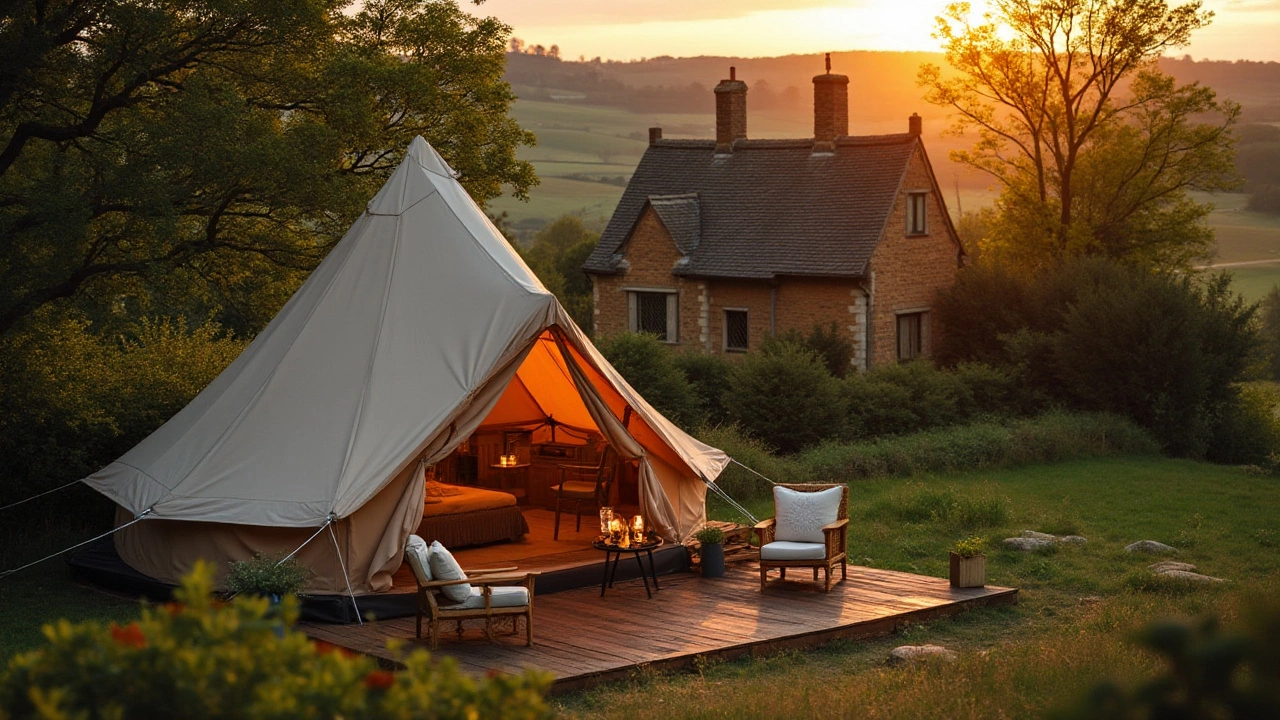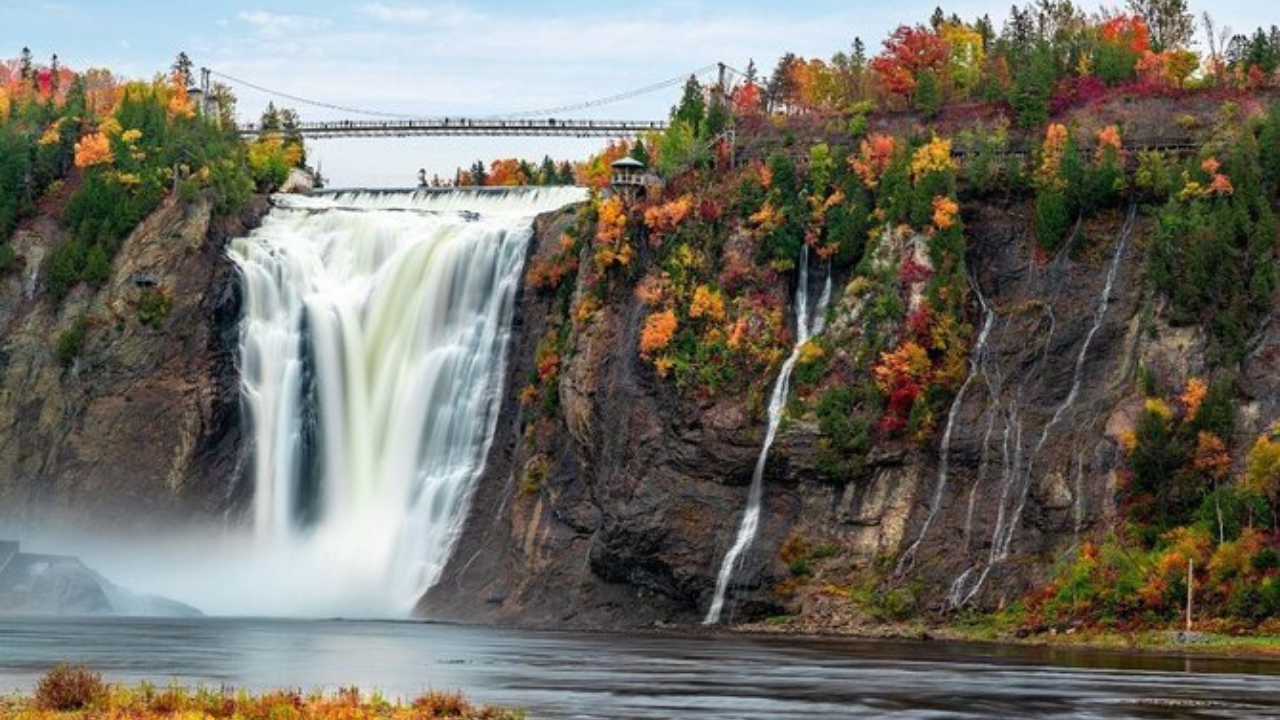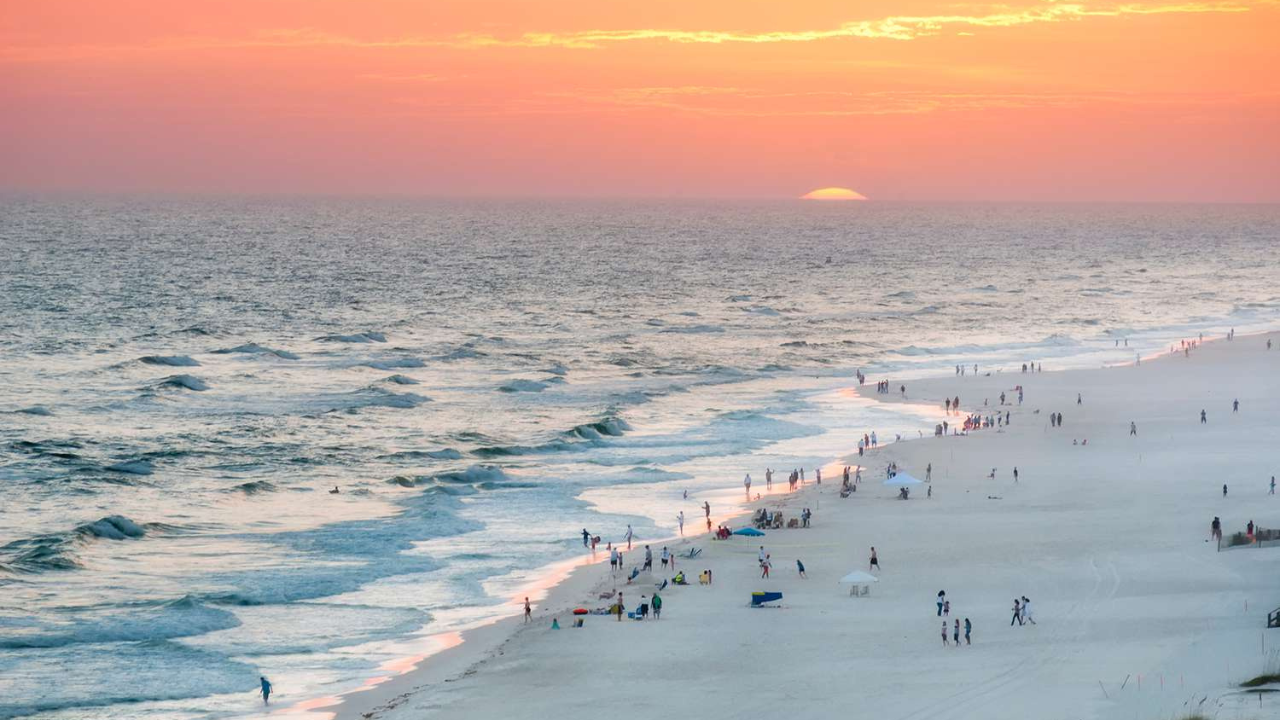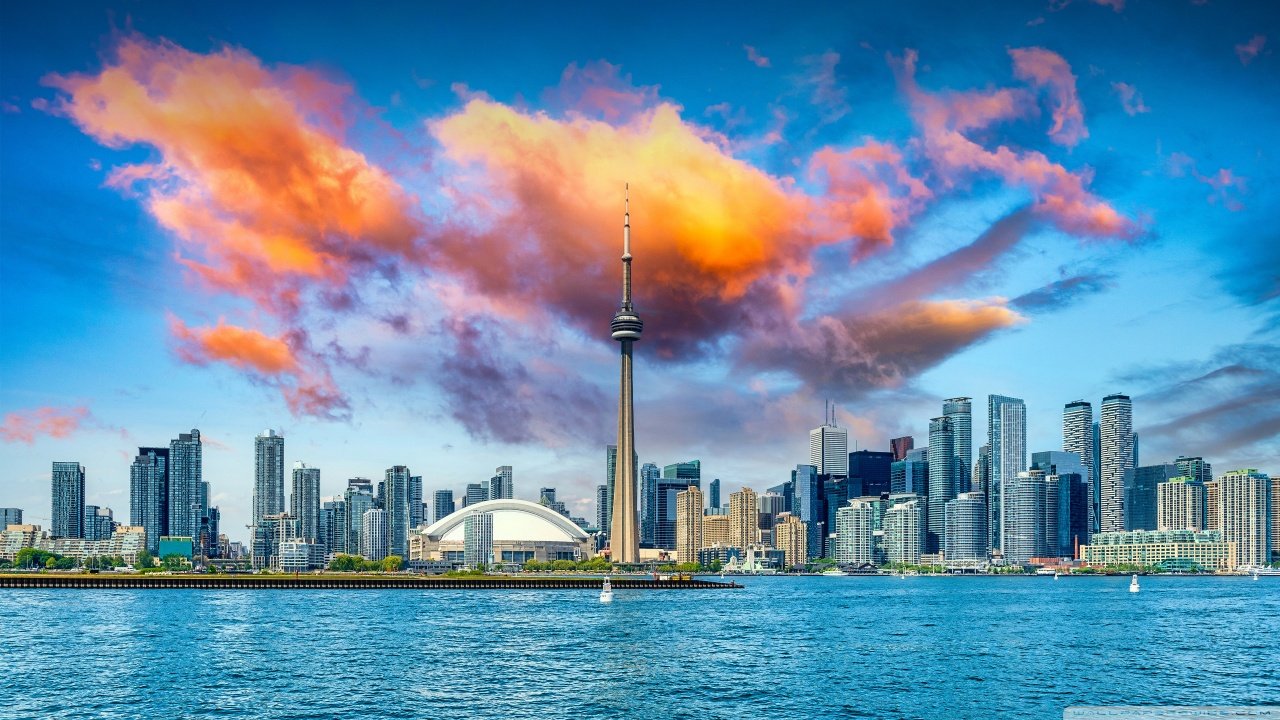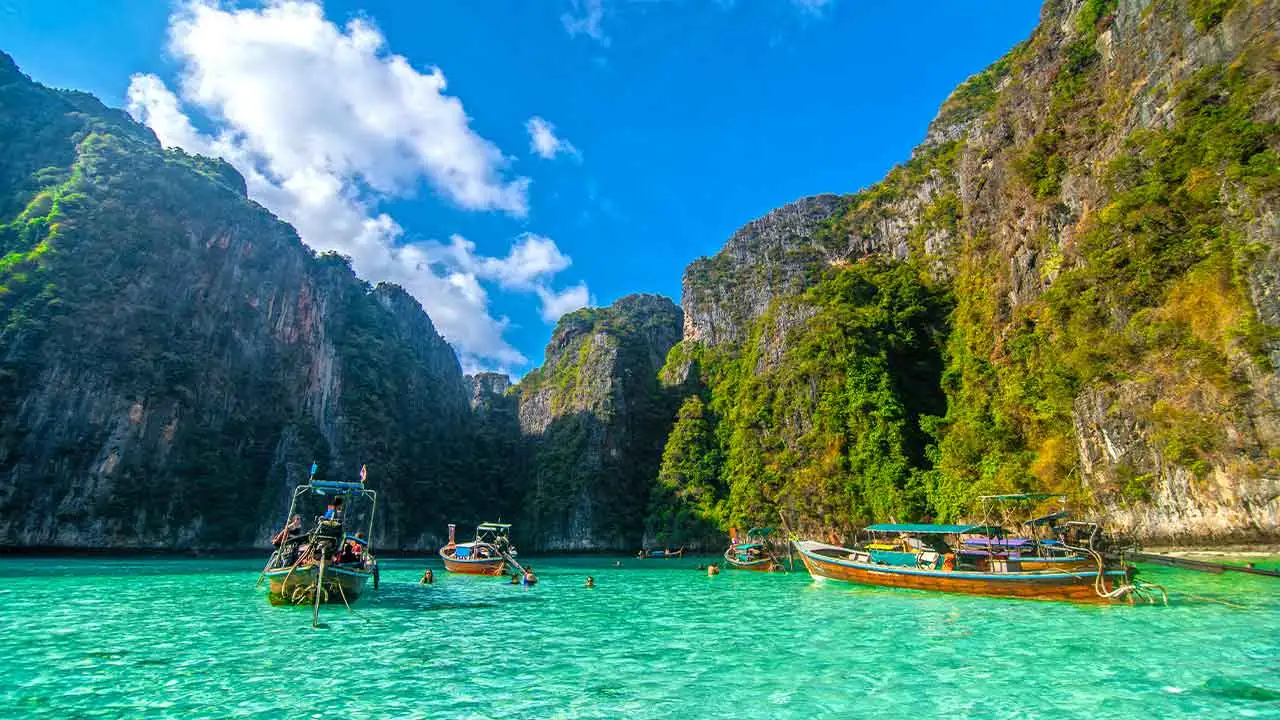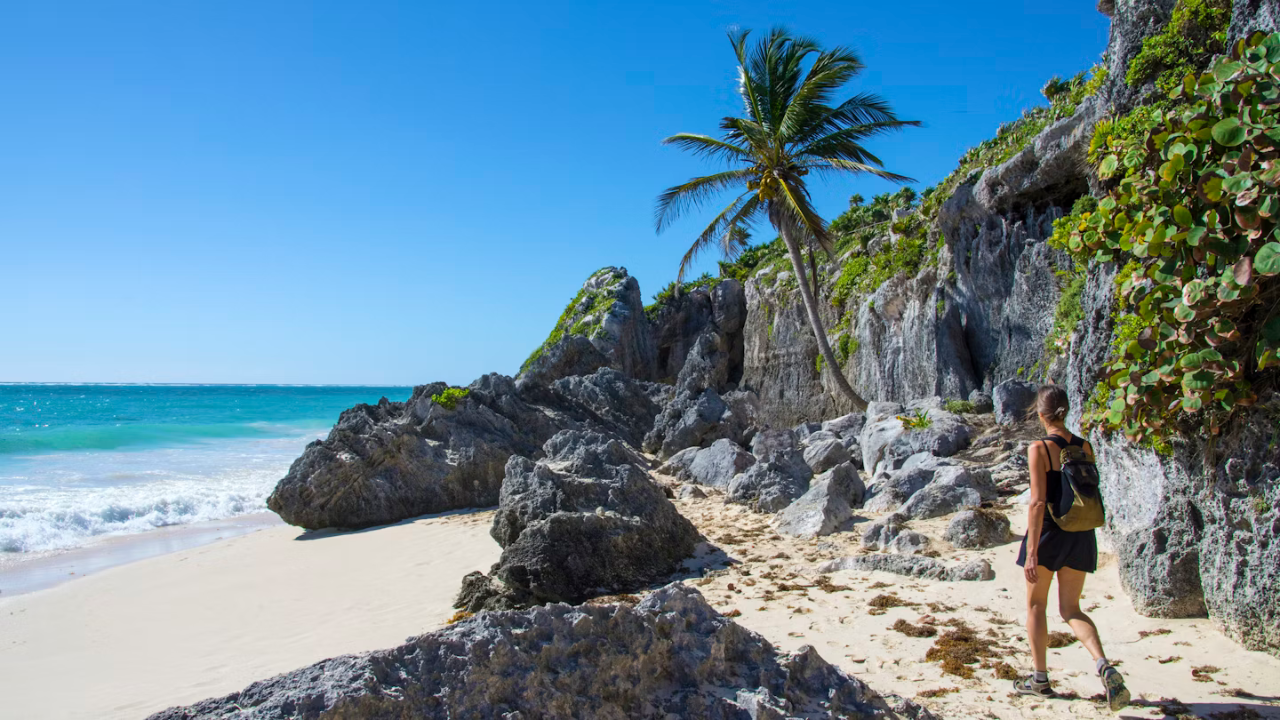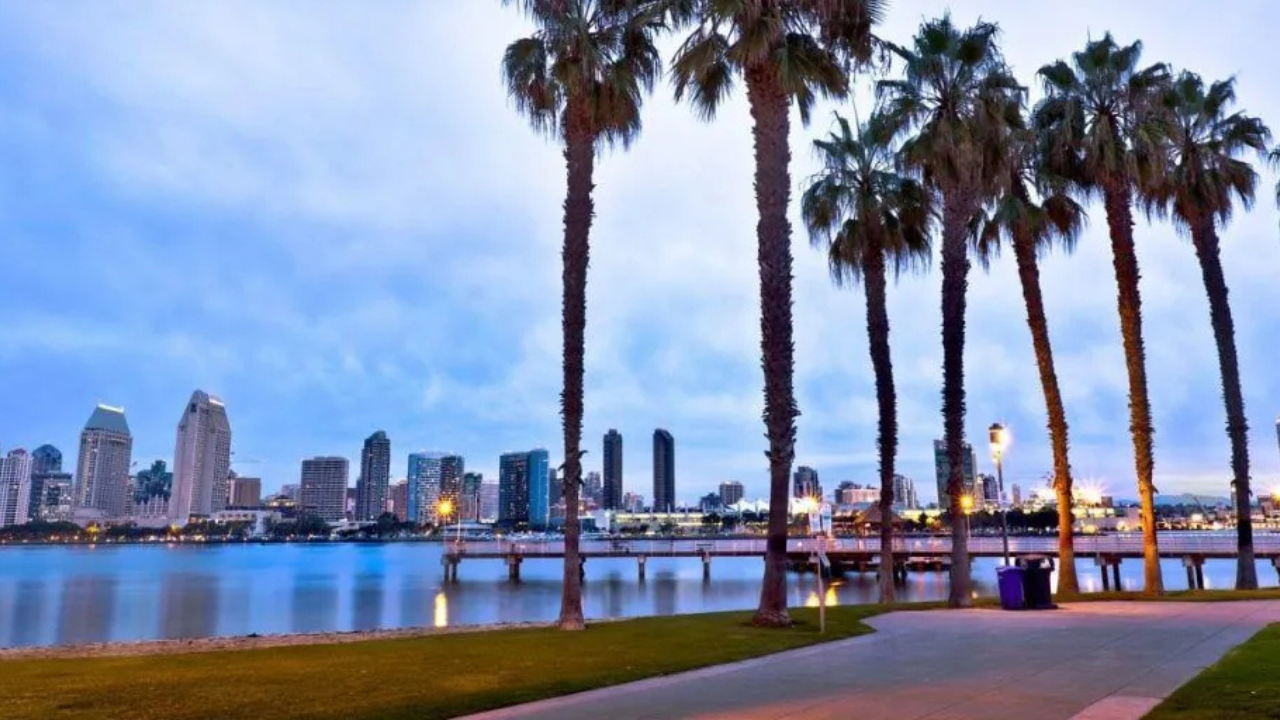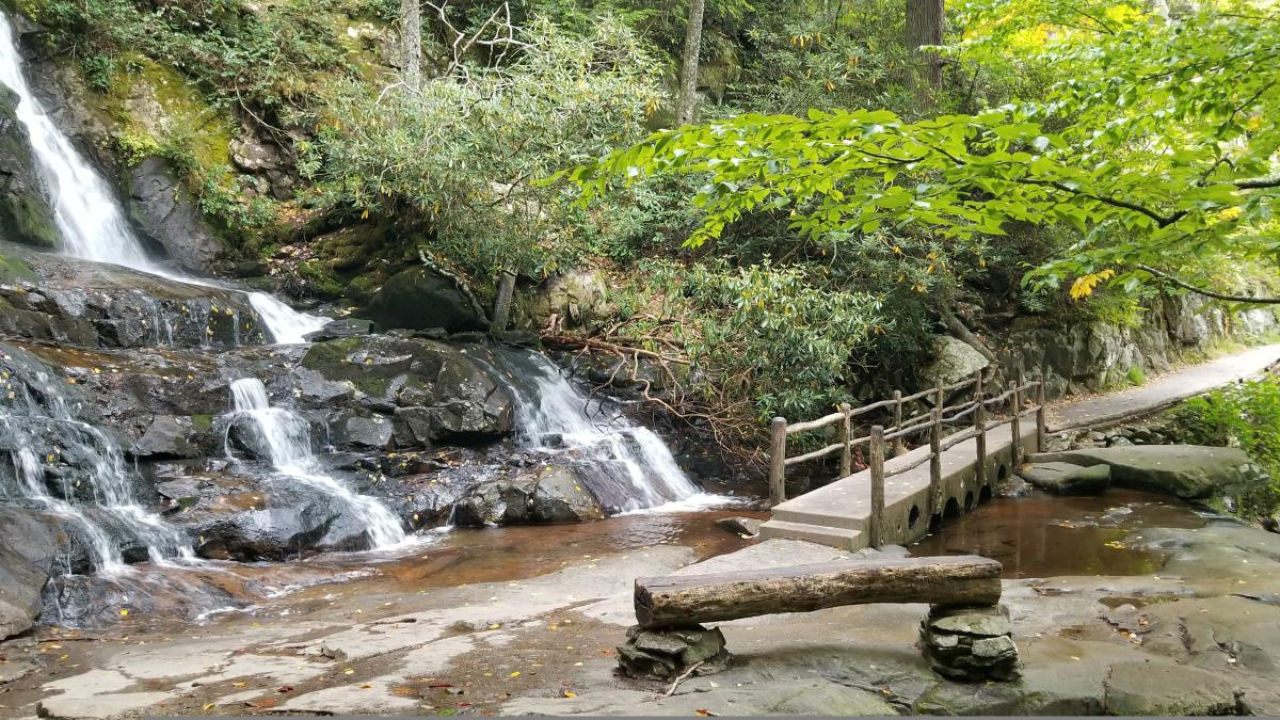In an era where travel is no longer just about ticking off destinations but about immersive, sustainable experiences, glamping has emerged as a transformative force in the tourism industry. Short for “glamorous camping,” glamping blends the raw beauty of nature with the comforts of modern luxury, offering a fresh take on ecotourism. This new wave is redefining how we connect with the environment, appealing to adventurers, families, and luxury seekers alike. As the world grapples with climate change and overtourism, glamping stands out as a sustainable alternative that balances indulgence with environmental consciousness. In this article, we’ll explore how glamping has become the heartbeat of ecotourism, its rise in popularity, and the innovative systems and offerings driving its growth.
Blog: Telling the Story of Glamping’s Rise
The concept of ecotourism—travel that prioritizes environmental preservation, cultural appreciation, and local community support—has been around since the 1980s. Yet, it’s glamping that has breathed new life into this ethos, making it accessible to a broader audience. Traditional camping, with its sleeping bags and makeshift tents, has long been the domain of rugged outdoor enthusiasts. Glamping, however, invites everyone into the wilderness, from city dwellers craving a digital detox to families seeking a unique vacation. Picture this: a canvas tent perched on a wooden deck, furnished with a plush king-sized bed, a private ensuite bathroom, and a wood-burning stove—all set against a backdrop of rolling hills or a starlit forest. This is glamping at its finest.
The numbers tell a compelling story. Industry reports suggest the global glamping market, valued at over $2 billion in 2020, is projected to grow at a compound annual growth rate (CAGR) of 14% through 2025. What’s fueling this boom? A growing desire for experiential travel, heightened environmental awareness, and a post-pandemic shift toward outdoor escapes. Travelers today want more than a hotel room—they crave authenticity, sustainability, and a chance to reconnect with nature without sacrificing comfort. Blogs across the internet, from travel influencers to eco-conscious writers, have latched onto this trend, sharing stunning photos of geodesic domes in the desert, treehouses in the mountains, and safari tents by the sea. These stories don’t just sell a destination—they sell a lifestyle.
Glamping’s appeal lies in its versatility. In British Columbia, Canada, you might find a yurt overlooking a serene lake, while in Costa Rica, a luxury tent nestled in the rainforest offers views of sloths and toucans. Blogs highlight how glamping sites often partner with local communities, offering guests a chance to learn traditional crafts or taste farm-to-table cuisine. This cultural immersion, paired with low-impact accommodations, aligns perfectly with ecotourism’s core principles. As bloggers continue to document their glamping adventures, they’re not just inspiring wanderlust—they’re shaping a movement.
Booking System: Streamlining the Glamping Experience
One of the key drivers behind gluteaming’s meteoric rise is the evolution of booking systems that make it easier than ever to plan a nature-based getaway. Gone are the days of scouring obscure websites or making endless phone calls to secure a campsite. Modern travel technology has brought glamping into the digital age, with platforms that cater specifically to this niche. Imagine a sleek online interface where you can filter options by location, price, or amenities—think hot tubs, Wi-Fi, or pet-friendly sites—and book your stay with a few clicks.
These booking systems are more than just convenience tools; they’re gateways to personalized travel. Platforms like Glamping Hub, Hipcamp, and Tentrr have become go-to resources, offering a curated selection of properties worldwide. A user might log in, search for a safari tent in California’s Yosemite National Park, and instantly see availability, guest reviews, and a breakdown of what’s included—perhaps a complimentary breakfast or a guided stargazing tour. The best systems integrate real-time updates, ensuring that what you see is what you get, whether it’s a cozy cabin in the Scottish Highlands or a luxury pod in New Zealand’s wilderness.
For glamping operators, these platforms are a lifeline. They provide a centralized hub to manage reservations, track occupancy, and communicate with guests. Many systems even offer analytics, helping site owners understand peak booking seasons or popular add-ons like yoga sessions or campfire kits. This data-driven approach not only boosts efficiency but also enhances the guest experience, ensuring that every stay feels seamless and tailored. As ecotourism grows, these booking systems are proving indispensable, bridging the gap between nature lovers and the perfect glamping retreat.
Customizable Widgets: Personalizing the Glamping Journey
In the digital realm, customizable widgets are revolutionizing how travelers interact with glamping providers. These small, embeddable tools—think interactive maps, booking calendars, or weather trackers—add a layer of functionality and engagement to websites and apps. For glamping enthusiasts, they’re a game-changer, offering a way to tailor their experience before they even arrive.
Consider a glamping site’s website. A customizable widget might allow you to preview the view from your tent via a 360-degree virtual tour, or check the availability of nearby hiking trails. Another might let you build your itinerary, dragging and dropping activities like kayaking, wildlife spotting, or a private chef’s dinner into your schedule. These widgets don’t just inform—they empower. A family planning a trip to a glamping site in Oregon might use a widget to reserve a kid-friendly nature workshop, while a solo traveler in Morocco could opt for a camel trek add-on, all from the same platform.
For travel companies and glamping operators, customizable widgets are a marketing goldmine. They can be branded to reflect a site’s unique vibe—rustic, luxurious, or eco-chic—and integrated into social media or email campaigns. A widget showing real-time availability might pop up on a blog post about sustainable travel, prompting readers to book on the spot. Others might highlight eco-friendly features, like solar-powered showers or composting toilets, appealing to the environmentally conscious crowd. By offering this level of personalization, widgets turn passive browsers into active planners, making glamping feel both accessible and bespoke.
Tour Packages: Elevating Glamping with Curated Adventures
While glamping alone is a draw, pairing it with thoughtfully designed tour packages takes the experience to new heights. Travel companies are increasingly bundling glamping stays with activities that showcase a destination’s natural and cultural riches, creating all-in-one ecotourism adventures. These packages cater to diverse interests, from adrenaline junkies to wellness seekers, and often include a stay in a glamping accommodation as the centerpiece.
Take, for example, a tour package in Utah’s Zion National Park. A travel company might offer a three-night stay in a luxury tent, complete with guided hikes through red rock canyons, a stargazing session with an astronomer, and meals prepared with locally sourced ingredients. In Kenya, a safari-themed package could pair a glamping stay in a canvas lodge with game drives to spot the Big Five, plus visits to Maasai villages for a cultural exchange. These curated experiences don’t just sell a place to sleep—they sell a narrative, weaving together adventure, education, and sustainability.
What sets these packages apart is their focus on low-impact travel. Many include carbon offset programs, eco-friendly transportation like electric shuttles, or partnerships with conservation groups. A package in Iceland might feature a glamping pod near a geothermal spring, with proceeds funding reforestation efforts. For travelers, this means a guilt-free getaway—every dollar spent supports the planet and its people. Companies offering these packages often collaborate with local guides, ensuring authenticity and economic benefits for host communities. It’s ecotourism at its best: immersive, responsible, and unforgettable.
Travel Companies: Pioneers of the Glamping Revolution
Behind glamping’s rise are travel companies bold enough to rethink traditional tourism. These pioneers—ranging from startups to established players—are shaping the industry by blending luxury with sustainability. Companies like Under Canvas, with outposts near U.S. national parks, have set the standard, offering upscale tents with king beds, organic bath products, and a commitment to carbon neutrality. Their model proves that comfort and eco-consciousness can coexist, attracting a clientele that might never have considered camping.
Smaller operators are also making waves. In Australia, Nightfall Camp in Lamington National Park offers just five luxury tents, emphasizing intimacy and environmental stewardship. Guests enjoy gourmet meals and guided rainforest walks, with the site’s footprint kept minimal through solar power and rainwater harvesting. Meanwhile, global platforms like Intrepid Travel have embraced glamping within their broader ecotourism portfolios, integrating it into trips that prioritize social impact and cultural connection. Their B Corp certification underscores a dedication to people and planet over profit alone.
These companies don’t just provide accommodations—they curate lifestyles. Many partner with tech providers to offer seamless booking systems and customizable widgets, ensuring a smooth customer journey from inspiration to arrival. Others collaborate with local artisans, conservationists, and tour operators to craft packages that tell a destination’s story. By doing so, they’re not only meeting demand but driving it, positioning glamping as the future of travel. Their success hinges on a shared vision: to make nature accessible without compromising its integrity.
The Eco-Edge: Why Glamping Matters
Glamping’s allure isn’t just about aesthetics—it’s about impact. Unlike sprawling resorts that guzzle resources, glamping sites are designed to tread lightly. Tents and pods are often temporary or semi-permanent, minimizing land disruption. Many rely on renewable energy—solar panels, wind turbines—and incorporate waste-reducing features like shared composting facilities. This aligns with ecotourism’s mission to protect fragile ecosystems while fostering appreciation for them.
The social benefits are equally compelling. Glamping often thrives in rural or underserved areas, bringing tourism dollars to communities that need them most. In Thailand’s Khao Sok National Park, Elephant Hills combines glamping with ethical elephant encounters, employing local mahouts and funding conservation efforts. Guests leave with more than photos—they leave with a deeper understanding of the region’s heritage and challenges. This educational aspect, a hallmark of ecotourism, turns travelers into advocates for sustainability.
Yet, glamping isn’t without its critiques. Some argue that the luxury element dilutes its eco-credentials, with high-end amenities like air conditioning or imported furnishings offsetting the green gains. The key lies in balance—operators must prioritize low-impact design and transparent practices to stay true to the ethos. When done right, glamping proves that indulgence and responsibility aren’t mutually exclusive.
The Future of Glamping: Innovation Meets Nature
As glamping cements its place in the travel landscape, the future looks bright—and innovative. Technology will play a starring role, with booking systems evolving to offer AI-driven recommendations or virtual reality previews of sites. Customizable widgets might soon integrate with smart home tech, letting guests control tent lighting or temperature from their phones. Tour packages could expand into “regenerative travel,” where every trip actively improves the destination—think tree-planting expeditions or wildlife monitoring.
Travel companies are already pushing boundaries. Some are experimenting with off-grid glamping pods powered entirely by renewable energy, while others are eyeing urban glamping—luxury tents atop city rooftops for a nature-meets-metropolis vibe. The rise of “noctourism”—nighttime-focused travel—pairs perfectly with glamping, offering stargazing, moonlit hikes, or aurora-chasing packages. As sustainability becomes non-negotiable, glamping’s adaptability will keep it ahead of the curve.
Conclusion: Glamping as Ecotourism’s New Frontier
Glamping is more than a trend—it’s a movement that’s reshaping how we travel. By marrying the wild beauty of nature with the comforts of home, it’s democratizing ecotourism, inviting everyone to experience the planet responsibly. From intuitive booking systems to personalized widgets, curated tour packages to visionary travel companies, glamping is a testament to innovation in service of sustainability. Whether you’re sipping coffee on a tent deck in the Rockies or watching the sunrise from a yurt in Mongolia, glamping offers a front-row seat to the world’s wonders—without leaving a heavy footprint. As this new wave of ecotourism swells, one thing is clear: the future of travel is green, glamorous, and gloriously outdoors.

